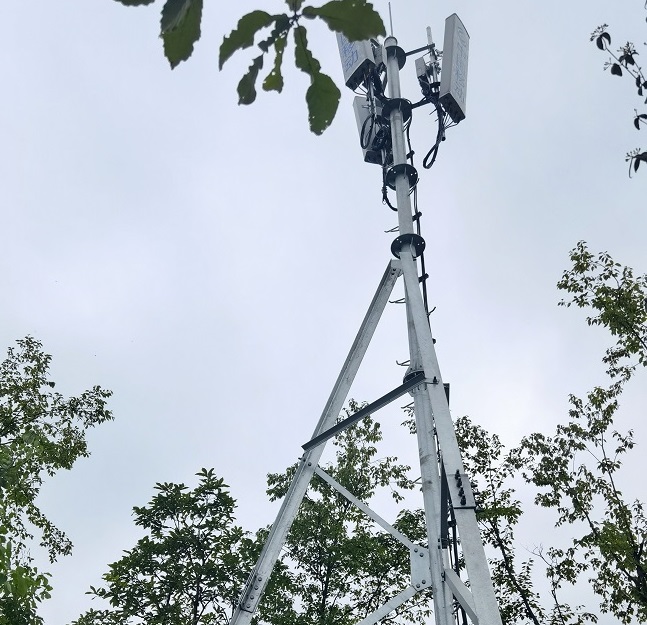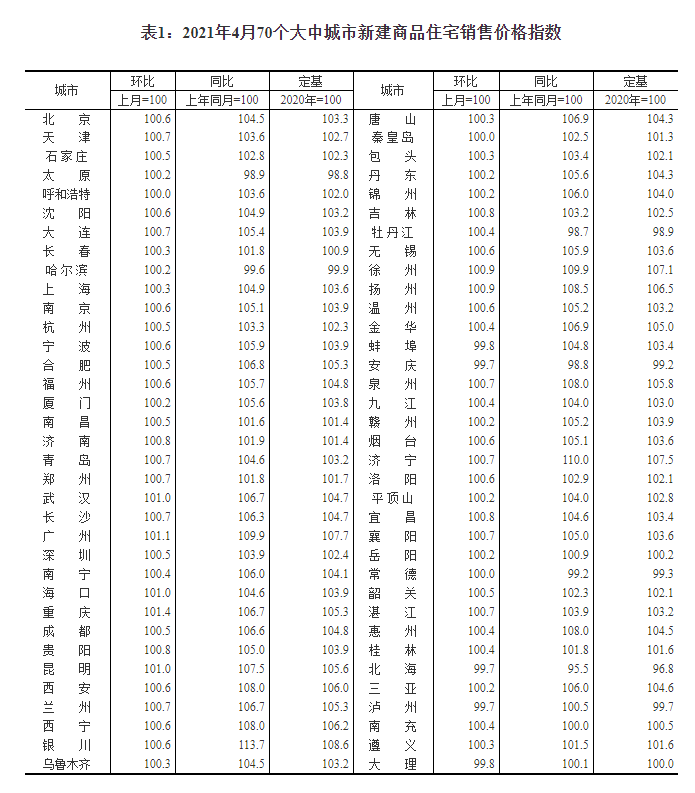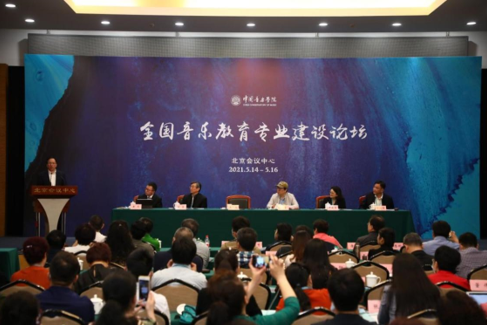By Lin Zhijia and Shaw Wan
Beijing, September 20 (TMTPOST) -- A brain-computer interface (BCI) medical device by a Chinese startup debuted at World Artificial Intelligence Conference (WAIC) 2022 in Shanghai in September, which was the country"s first semi-invasive BCI apparatus.
The product was developed by NeuroXess, a Shanghai-based high-tech life science firm, targeting markets of human brain research and treating neurological diseases.
 (资料图)
(资料图)
“Microelectrode arrays, which are capable of recording of the electrical activity of brain nerve cells in a long-term, stable and high-throughput way, are important tools for basic research on brain science, clinical diagnosis and treatment,” said Peng Lei, founder and CEO of NeuroXess.
Peng Lei, founder and CEO of NeuroXess, spoke at WAIC 2022. (Source: WAIC 2022)
What is brain-computer interface?
A brain-computer interface (BCI), also known as a brain-machine interface (BMI), is a computer-based system that serves as a direct communication pathway between a brain and an external device. With such system, patients with motor or sensory impairments will be able to control machines, such as a computer or a robotic arm, with nothing else but their thoughts. Scenes in sci-fi films such as The Matrix may also come true with more advanced BCIs.
“Let me put it this way, it’s like installing a door in a brain so that we can have access to the inside world or to control it,” said Chen Tianqiao, founder of the Tianqiao and Chrissy Chen Institute (TCCI), a brain-machine interface research center.
The idea of BCI was first raised in the 1970s to help people with disabilities to walk or use an artificial arm, according to a report by LeadLeo Research Institution. It was thrust into the spotlight in 2020, when American neurotechnology company Neuralink showcased a prototype that worked in pigs . The fact that it was founded in 2017 by controversial entrepreneur Elon Musk attracted more public attention.
The Chinese brain-computer interface developer NeuroXess was established in January 2022. With scientists from the Chinese Academy of Sciences and its original key technology, NeuroXess aimed to compete with Neuralink. The company managed to raise 97 million yuan ($15.2 million ) in the angel round and the pre-Series A round, led by Shanda Group and Sequoia Capital. The former, which has had three subsidiaries listed on NASDAQ and one on KOSDAQ since 1999, was the only investor in the angle round, and remains the largest institutional investor.
“Brain-computer interface has always been one of the areas of brain science that I am most interested in,” said Chen, who is also the founder of the Shanda Group.
BCI product pipeline
The BCI device showcased this month was named NeuroInterface, an integrated cranial parietal semi-implantable BCI designed based on medical-grade implant standards. With three major flexible electrode BCIs that can meet different clinical needs in the cortex and the brain"s deeper layers, this series of products could be used for treating patients with blindness, high paraplegia or Amyotrophic Lateral Sclerosis (ALS).
A monkey model was used to display a brain-computer interface developed by NeuroXess at WAIC 2022.
There are three types of BCIs, including invasive, semi-invasive and non-invasive devices. The non-invasive ones use technologies like electroencephalography or magnetic resonance imaging to measure electrical signals in the brain, and then perform pattern recognition and image patchwork on the signals so that information could be inferred through data analysis. Since no devices need to be implanted in the brain, this is considered the safest but the least accurate.
One thing to notice is that the device is semi-invasive, unlike Neuralink’s products. Although both invasive and semi-invasive BCIs need to get skulls cut open, the latter used electrodes placed on the exposed surface of the brain to measure electrical signals from the cortex, while invasive ones are placed directly into the cortex. Therefore, it is better accepted by the scientific community and patients.
However, as invasive devices implant electrodes into the cerebral cortex, they are the most accurate in terms of collecting signals. They also have a wider range of applications. Developing such devices is highly challenging, according to Tao Hu, co-founder of NeuroXess.
“The key challenge of developing BCIs is to balance maximum utilization of the brain and minimum damage. Non-invasive BCIs can be used in areas such as emotion regulation and cognitive assessment. But because the brain is too complex, I believe that the real brain-computer interface can only be realized through direct connection with neuron cells,” said Tao .
Apart from NeuroInterface, the company also released a high-frequency signal processor and an algorithm cloud platform . “The ultimate goal is to use brain-computer interface technology to treat patients, strengthen ordinary people, and realize the coexistence of human intelligence and artificial intelligence,” Peng said .
A New Hot Spot
According to CB Insights, over 1,500 brain science companies in the world have been incorporated in the past five years, including 50 in China. And that number is still growing. 2021 witnessed multiple public financings in brain science in China, mostly in pre-Series B round.
China has promoted the development of brain science to a national level. In the 14th Five-Year Plan (2021-2025) for National Economic and Social Development and Vision 2035 published last March, brain-like intelligence was listed as one of the emerging industries of strategic importance.
“It is of great social significance. With the development of society and the advancement of intelligence, brain science is very important for a new intelligent system. And with the aging population, the number of patients with neurological-related diseases is increasing,” said Shi Songhai, professor at Tsinghua University.
The United States announced the Brain Research Through Advancing Innovative Neurotechnologies (BRAIN) Initiative in 2013, aiming at developing new experimental tools that will revolutionize the understanding of the brain.
The global market of BCI is expected to reach $3.6 billion in five years, tripling that of 2019, according to LeadLeo Research Institution.






